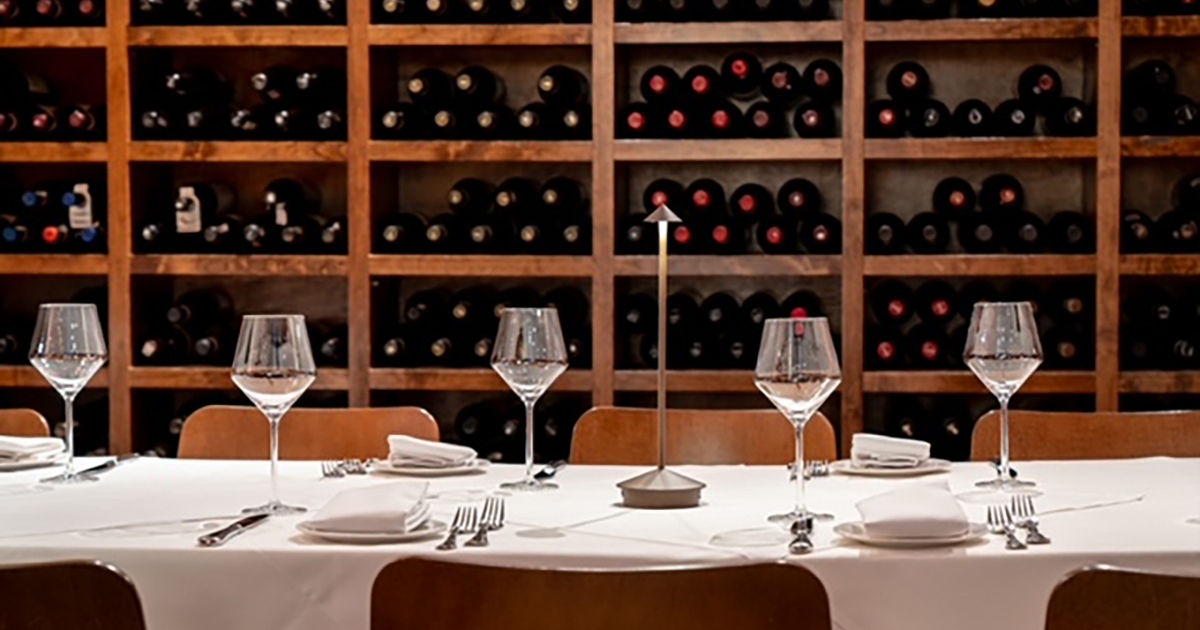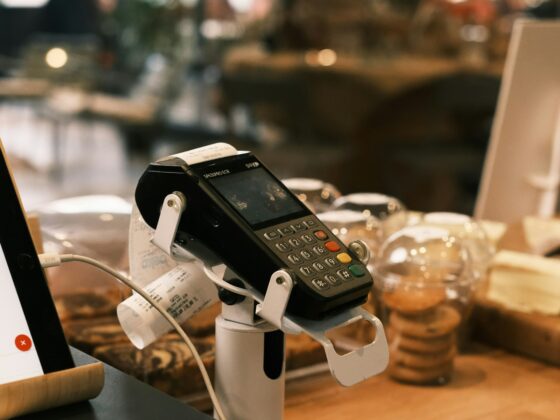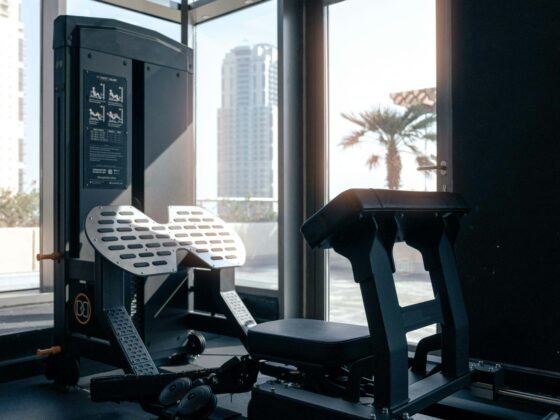
How much a restaurant marks up wine may change if a proposed 25% tariff on European wines goes through. This, experts in the industry said, could cripple the independent scene and make the most profitable aspect of service non-existent as small businesses have to absorb the rising costs and/or pass along price increases to consumers.
“What restaurants by and large use European wines for is the revenue model, and a disproportionate profit comes from European wines,” said co-founder Harry Root of Grassroots Wine, a distribution company in Charleston, S.C., while on a panel hosted by the US Wine Trade Alliance. “There’s also a price disparity between the American and European wines.”
Root broke down the ripple effect. First, he noted, the fees would be paid by the American companies buying the wine. A $20 bottle sold wholesale would go up around $30, and that’s before it hits the menu.
This isn’t the first time a tariff has threatened the wine industry. In 2019 the U.S. imposed a 25% tariff on most wines with an alcohol content of 14% or less. The rule affected products from France, the United Kingdom, Germany, and Spain. In 2020 these tariffs expanded to include many large-format bottles and wine with an alcohol content above 14% — in essence, all imported wines from those European countries.
“Immediately when our importers and producers from Europe told us that they had to raise their prices, we had to raise our prices and pass that along or take a smaller margin,” said Alex Kroblin, owner of Thirst Wine Merchants in Oklahoma. “The net result was that our sales went down and our profits went down.”
The main reason the tariffs came into play in the first place was a 17-year-old transatlantic battle over aircraft subsidies regarding Airbus and Boeing. To ease trade wars, the United States and European Union suspended the tariffs for five years beginning in March 2021. The idea was to keep the tariffs in limbo until they could negotiate.
With a 25% increase in European wine costs, American restaurants specializing in Italian, French, and Spanish wines and cuisines will take the brunt of the cost. This comes during a climate in which margins are already low due to inflation.
At Le Pigeon in Portland, Ore., French food is the crux of the menu, and so is French wine. Even though the restaurant is near the popular wine region of Willamette Valley, when people come to dine, said Le Pigeon sommelier Andy Fortgang, they want the full European experience. Upping the price will throw people off, but it will have to be done if tariffs are in place.
“If customers are thinking of French wine, that’s what they are looking for,” added Fortgang. “If we were to put a duck dish on the menu and charge too much, people wouldn’t order it. If we put a French wine on the menu with a higher price because of tariffs, they won’t order it either.”
Chef DeWayne Schaaf, owner of Celebrations Restaurant in Cape Girardeau, Mo., also focuses on European wines to pair with his food. Some wines, he said, have been poured at Celebrations since opening in 1997.
“If you are pushing up [wine by] 25%, you now have to find a new substitute, and it’s not something that is just going to happen,” said Schaaf. “We are a European-centric restaurant that serves Euro-centric wines, [and] to lose those, it’s a pairing partner I can’t imagine swapping out.”
It’s not like the restaurant team can just switch to another product either. For example, added Schaaf, there’s a Grüner Veltliner on the menu, a normally inexpensive white wine compared to others. The current $45 bottle would have to rise to around $60, which, he said, is not something most of his customers want to pay for when it comes to that type of wine. As for fancy beer, which can run $9 to $12 a pint, the check still doesn’t add up to the same cost as it would with the addition of a bottle or numerous glasses of wine.
The price of the wine isn’t the only factor when it comes to restaurant margins. It takes significantly less labor to open a bottle of wine and pour it than mixing a cocktail, let alone cooking the whole meal. For many restaurants the alcohol program is how money is made, and pays for those nights when business is slow.
“The whole food and beverage industry, we work together to enrich American lives…and people have been touched by a successful food and beverage industry,” said Root. “I just think these tariffs are inefficient and they are an added expense to a very valuable, culturally valuable, yet vulnerable industry. [We all have] a favorite restaurant we love, and restaurants are in jeopardy if tariffs go into effect.”
Though the tariffs haven’t been reintroduced yet, with the new presidential cabinet coming in 2025 and its promise to add more tariffs on imports, there are good reasons to start planning for a European wine shortage and spike in price. Or, find yet another way to keep some profit in restaurants and bars while pleasing diners.







